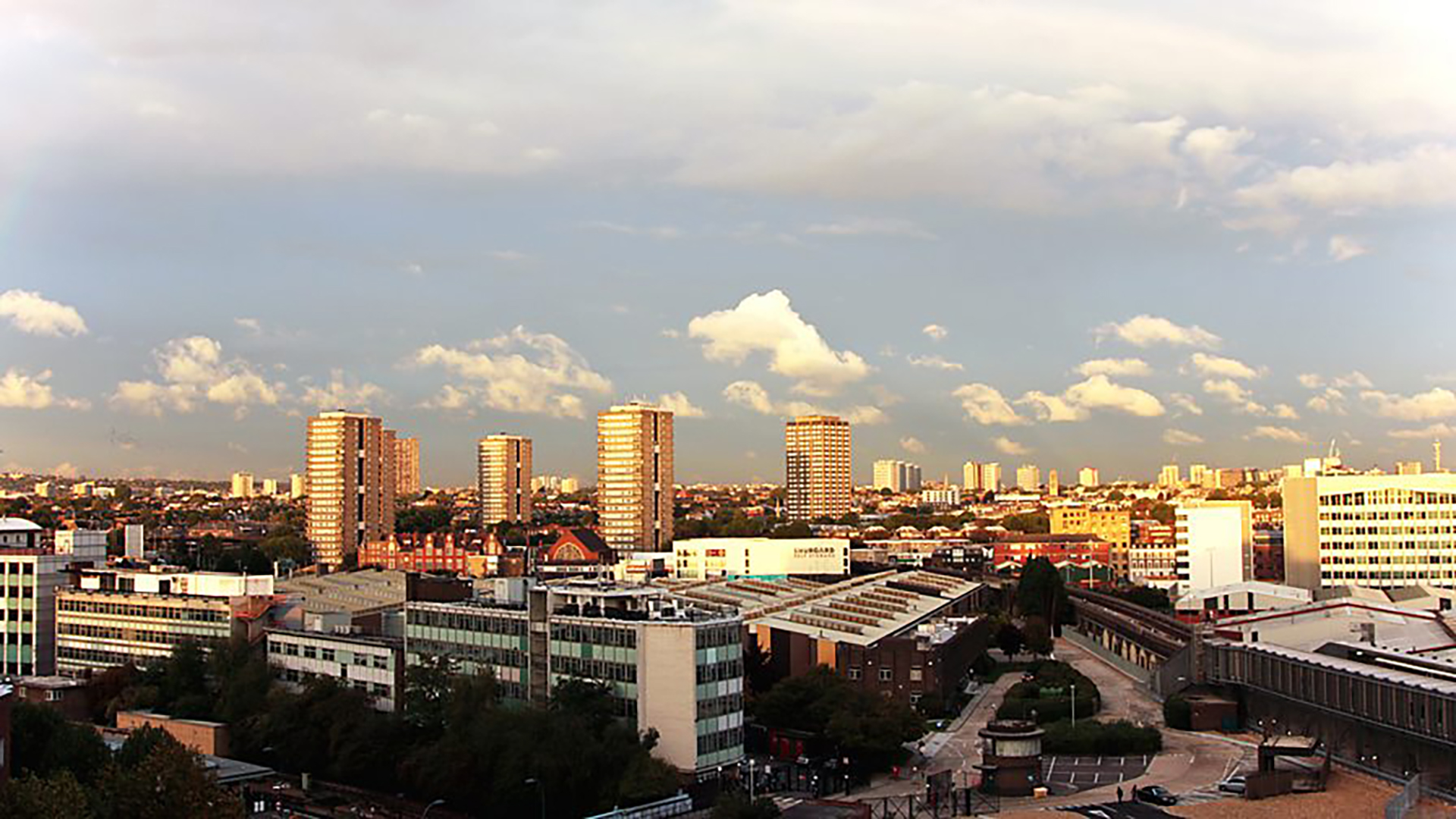Streets Apart: A History of Social Housing
BBC Radio 4
Lynsey Hanley heads to Port Sunlight on the Wirral. There she explores the Lever brothers’ dream of housing workers in picturesque conditions.
Port Sunlight was the apotheosis of a movement started by men like Sir Titus Salt, who built Saltaire in 1851, to move workers out of congested and polluted cities and improve their productivity.
The idea of the model village goes back a long way in the English imagination. From Thomas More’s Utopia to 17th century landowners trying to create a pastoral idyll on their estates, the thought of creating an ideal community is one that has captivated the wealthy and benevolent for centuries. But it was in the Victorian period that the idea really took off. Rich industrialists, schooled in high Victorian paternalism, wanted to create model communities for their workers to live in.
At Port Sunlight, started by the Lever Brothers in the late 19th century, Lynsey explores how these communities were places built in the image of their creators. These men thought of themselves as upstanding and benevolent, and believed in their own ability to tidy up the messier elements of human settlement.
Were model villages the vanity projects of industrialists that tried to impose Victorian values on the poor – or serious attempts to give workers a better quality of life and freedom from the slums?
Presenter: Lynsey Hanley
Producer: Sara Parker and Joe Sykes
Executive Producer: Samir Shah
A Juniper production for BBC Radio 4.


